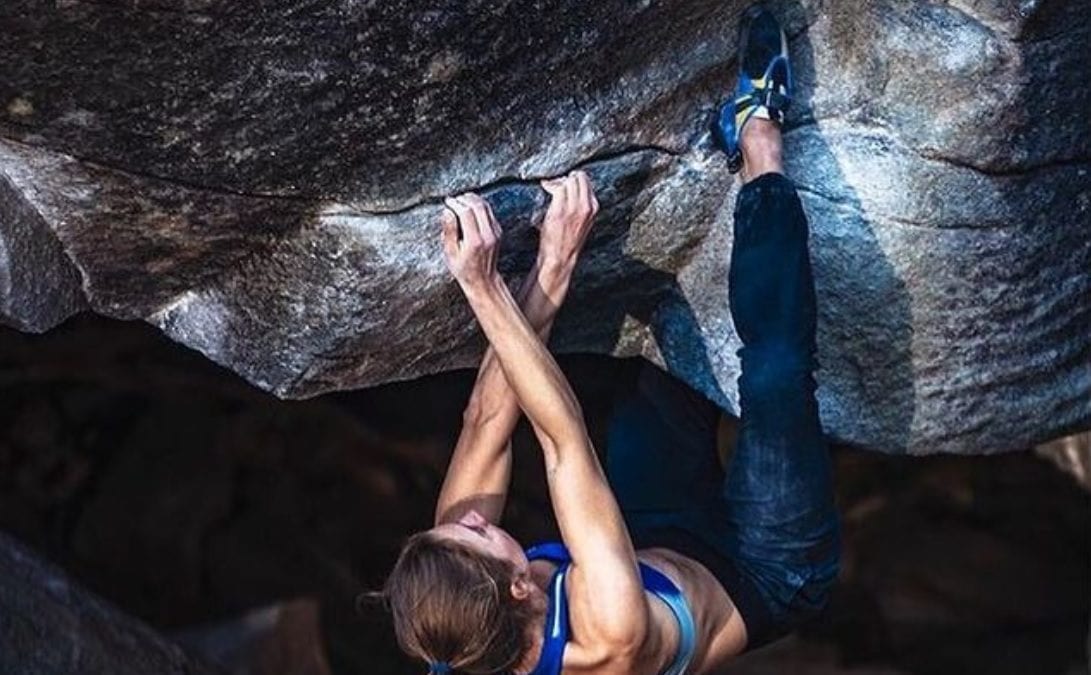Tips on How to Fall Safer When Bouldering
Pad management and knowing how to fall are two important skills when bouldering outdoors

It’s bouldering season in Canada, but unlike problem-solving at a climbing gym, outdoor blocs requires skills to stay safe when taking big falls. To learn how to spot better visit here.
Pad management is an overlooked skill. You lay the pads out, everything looks nice, you begin to climb and fifteen minutes later the pads have shifted down the hill. It is important to keep up your pads and eliminate the dangers of falling between them. It is common for a climber to split the pads in this way. Depending on the fall, the climber could receive an avoidable injury.
Learning how to fall can help you stay injury-free. Though it is your spotter’s job to manage fall risk, it is also the climber’s responsibility to honestly assess their own skill. It is important to find the various fall risks a problem might pose. This is related to pad management. Putting crash pads directly under a line might not protect the fall, depending on the movement. Take the time to figure out what each fall might look like. In bouldering, every fall is a ground fall. That means that dissipating energy is essential to avoiding injury. Even though crash pads are soft, landing on them with locked legs or elbows will eventually yield injury. Try and absorb the shock and roll on the pads if the situation requires it. Falling outside is just as much of a skill as climbing. It is important to watch the way more experienced climbers fall to maintain your safety.
Even still, it is important to assess every boulder problem for loose rock even if you are in a world-class area. A chalk “X” drawn on a portion of rock tells you that the hold is loose and might break. It is best to avoid these holds. Not only are they dangerous for the climber, they are dangerous for the spotter. Falling rock can seriously injure someone. Yell “Rock!” if you see falling debris. Choss, or loose rock, can exist anywhere. Something to consider when climbing outside is the rock-type. For example, choss is less likely in granite areas due to the strength of that rock-type, though it pays to be wary. At the Niagara Glen, however, the rock is dolomitic limestone. This is a softer rock type that can become weaker with traffic.


